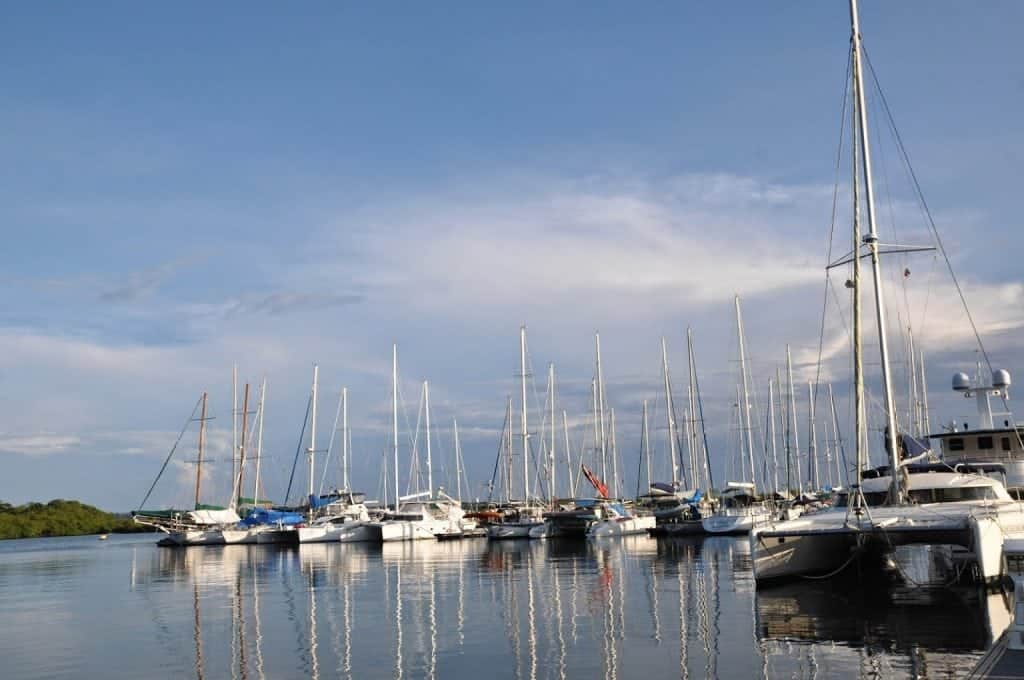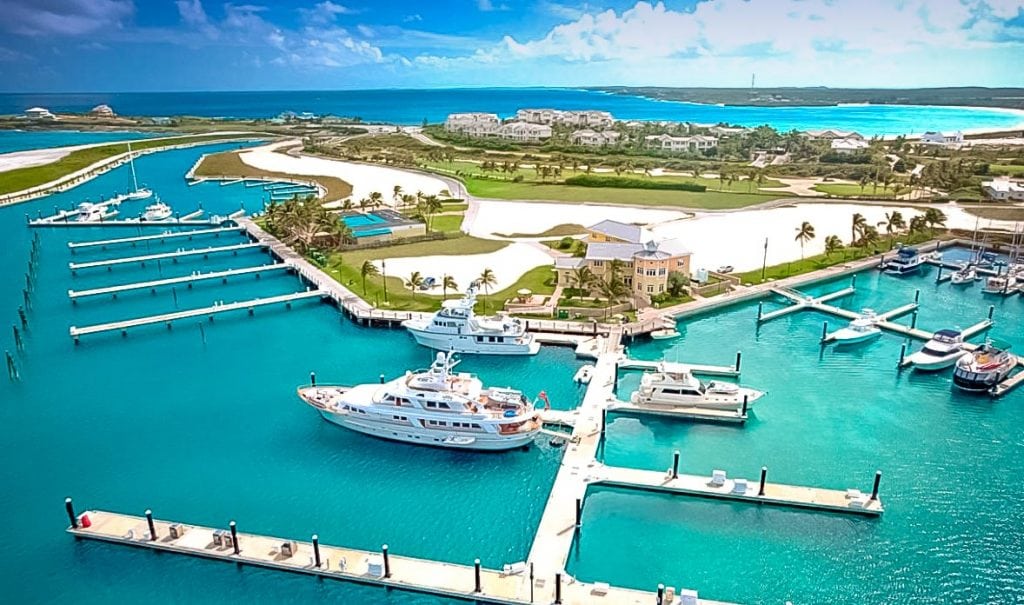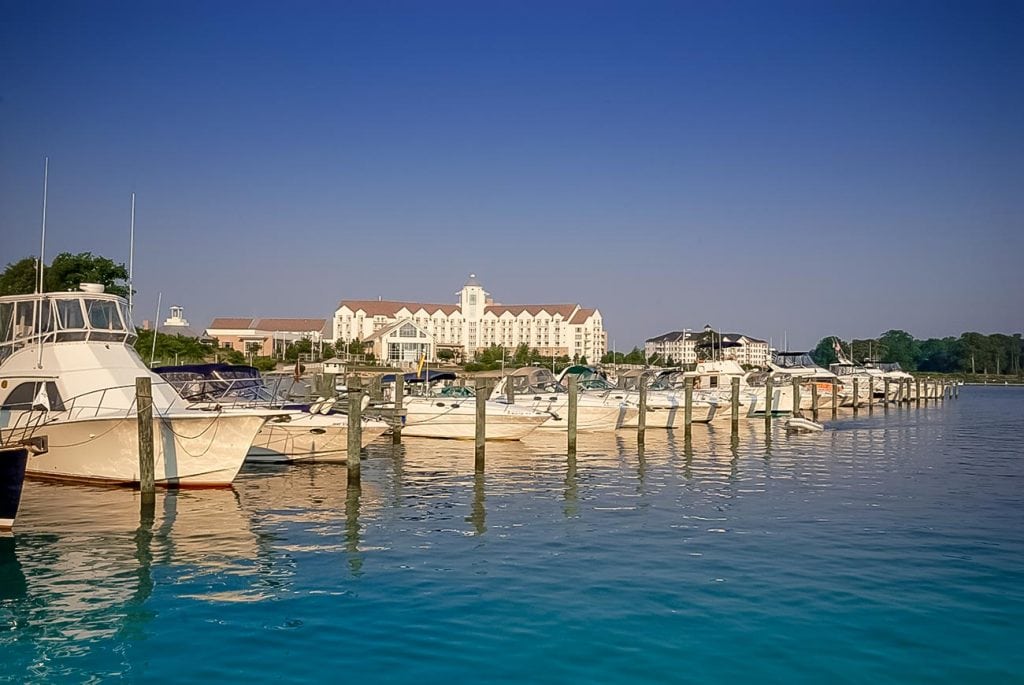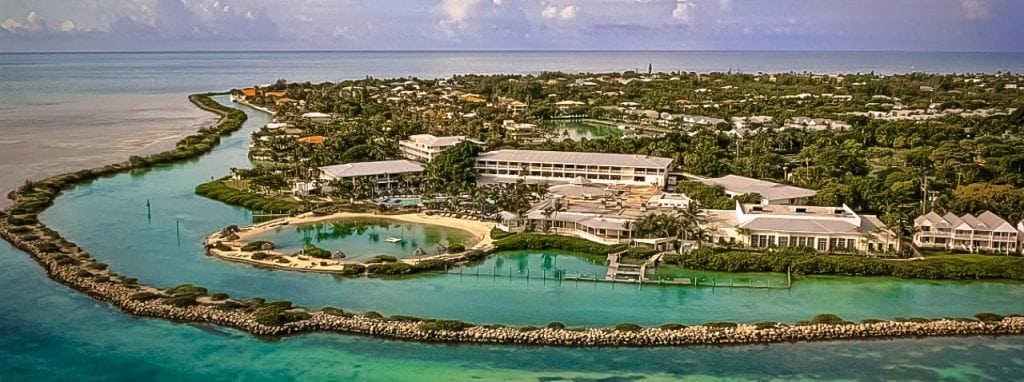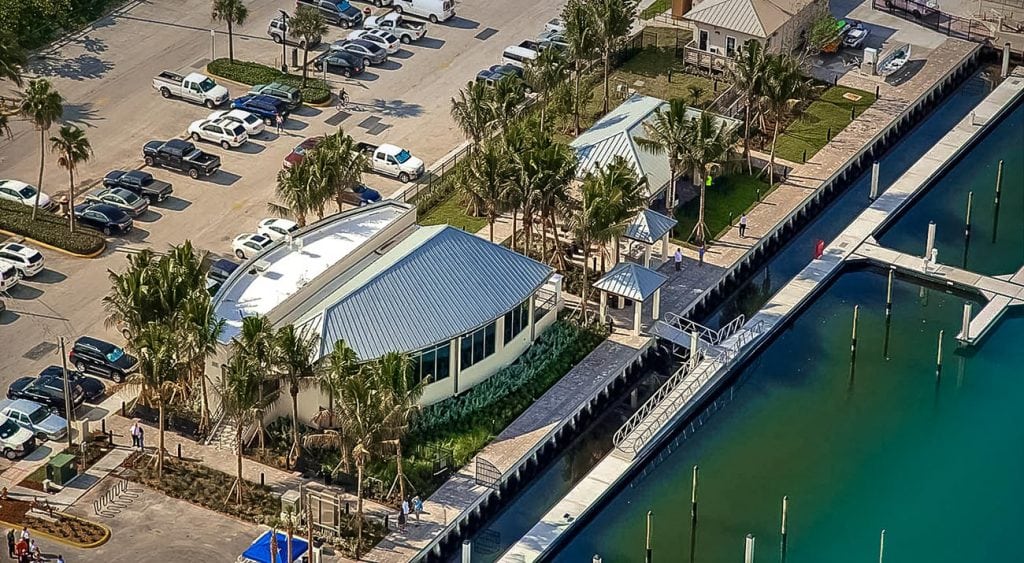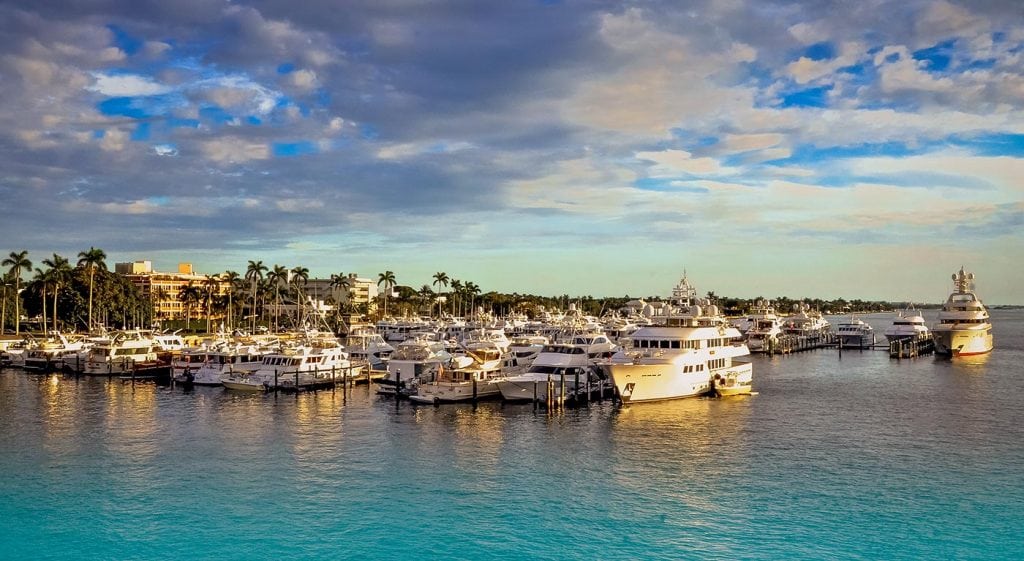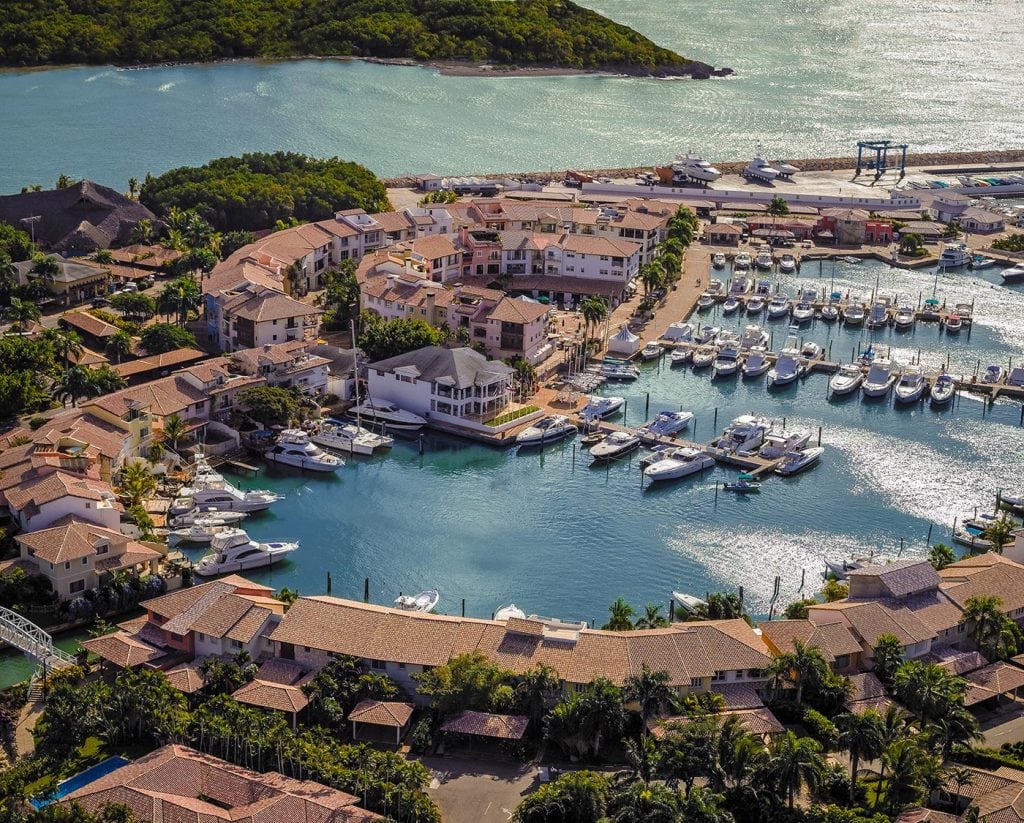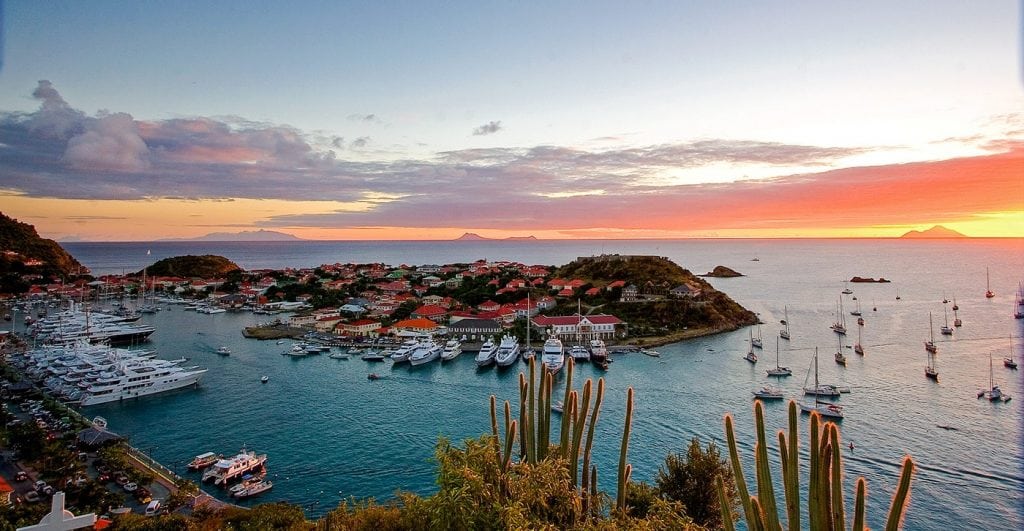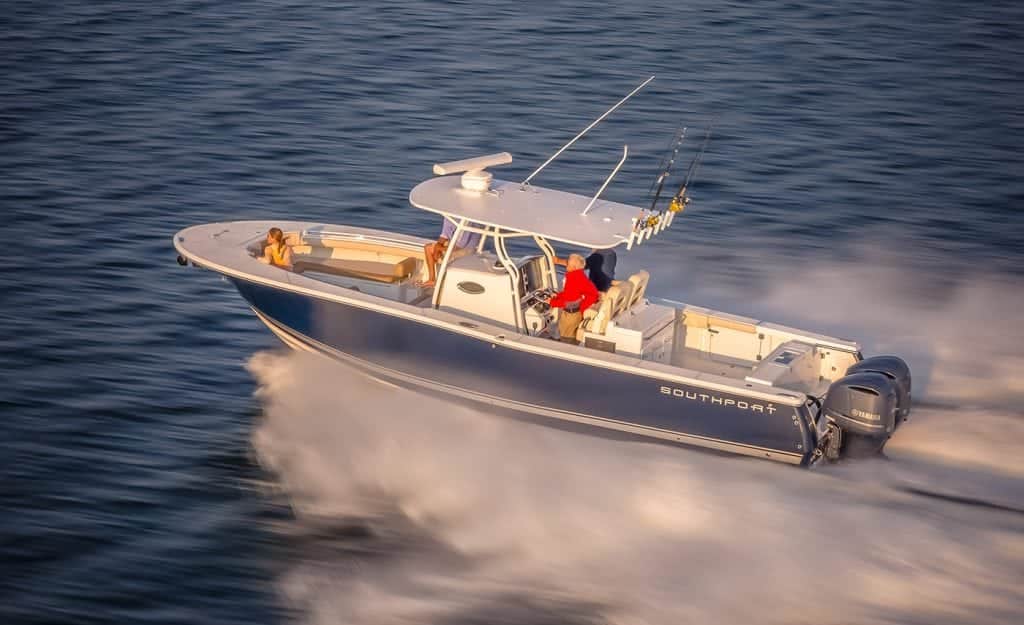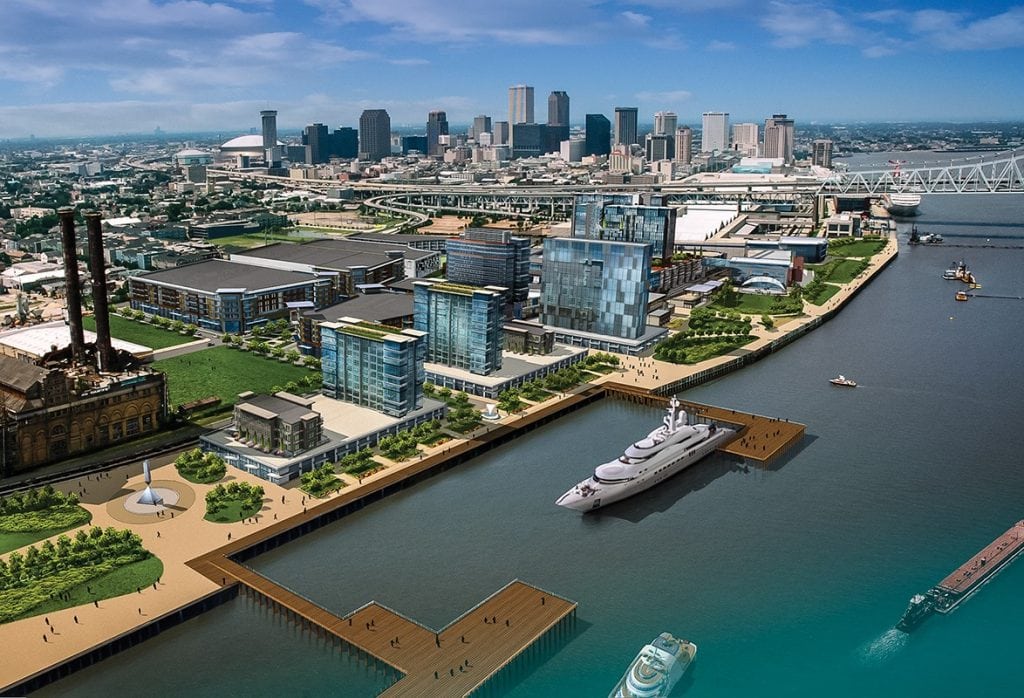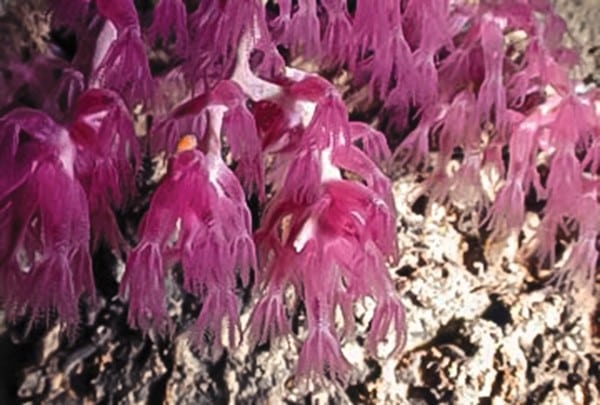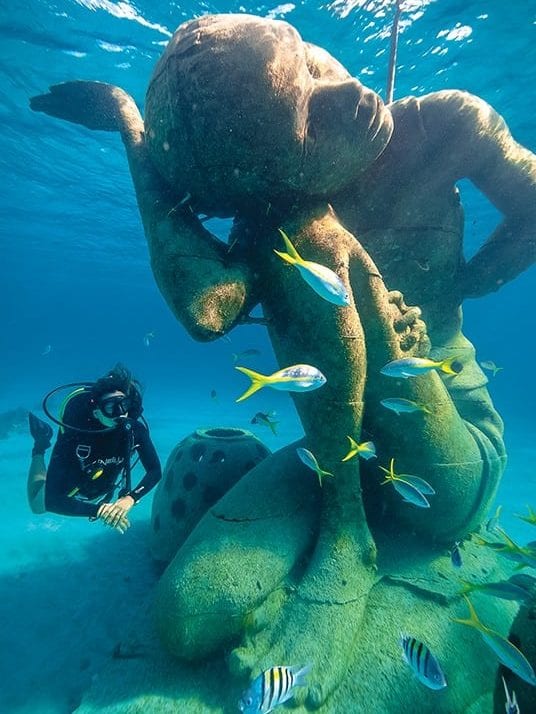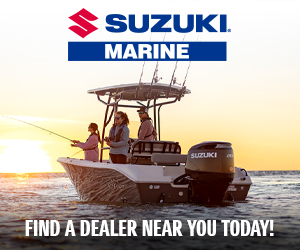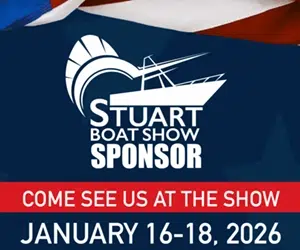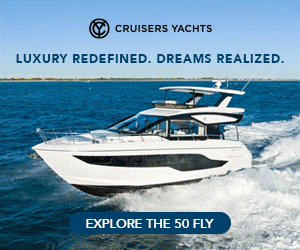Destinations
Destinations: Looking for information for your next cruising destinations? Whether you’re planning a sail in the Caribbean or summering in Newport, our destinations resources will help you plan the perfect excursion. Our expansive cache of destination information includes Monthly regional reports filled with seasonal tips and travel itineraries, Local knowledge on great boating locales, Cruiser resources—complete with photos, Insider tips, marina information and more!
Red Frog Beach Marina, Panama
Nestled in a bay among the Isla Bastimentos, Bocas del Toro, Panama, Red Frog Beach Marina allows marine-goers of all...
Read moreDetailsThe Marina at Emerald Bay, Great Exuma, Bahamas
The Marina at Emerald Bay is situated amidst the turquoise waters of Great Exuma Island alongside Sandals Emerald Bay Resort....
Read moreDetailsThe Marina at Schooner Bay, Great Abaco Island, Bahamas
Built in 2011 on Great Abaco in The Bahamas, Schooner Bay was fashioned as an authentic harbour village. This idyllic...
Read moreDetailsHyatt River Marsh Marina on Chesapeake Bay, Maryland
If Chesapeake is your destination, tie up at the Hyatt Regency Resort’s River Marsh Marina on the Choptank River. The...
Read moreDetailsHawks Cay Marina & Villages, Duck Key, FL
For cruisers visiting the Florida Keys, Hawks Cay Marina is the perfect stop. Located on Duck Key southwest of Key...
Read moreDetailsDania Beach Marina, FL
Just south of Port Everglades on the Intracoastal Waterway, the Dania Beach Marina reopened on June 24th after a two-year,...
Read moreDetailsPalm Beach Town Docks Marina, FL
The rich atmosphere of Palm Beach, Florida, attracts cruisers from around the world with its fine dining, fabulous shopping and...
Read moreDetailsBay Street Marina in Nassau, Bahamas
Bay Street Marina Bay Street Marina is proud to offer cruisers a convenient home in the heart of historic Nassau....
Read moreDetailsCasa de Campo, Dominican Republic
Cruise to Culture and Charisma Stretching more than four miles along the southeast coast of Hispaniola, and nestled among Cuba,...
Read moreDetailsSt. Barth
St. Barth: Worth the trip and the budget Although my family can hardly be included among the glitterati, enchanting St....
Read moreDetailsBoathouse Marine Center
Boathouse Marine Center named an exclusive dealer for Southport and Bluewater sportfishing boats. POMPANO BEACH, FL—APRIL 1, 2015— Boathouse Marine...
Read moreDetailsMegayacht marina in New Orleans
As a growing home to a fleet of cruise ships exploring the Caribbean, a large stretch of New Orleans’ massive...
Read moreDetailsTexas’ Flower Garden Banks
The Gulf of Mexico is a true tropical sea and one of the deepest bodies of water in the world....
Read moreDetailsCoral Reef Sculpture Garden in New Providence
The Bahamas Reef Environment Educational Foundation (BREEF) has recently established a spectacular Coral Reef Sculpture Garden just off Clifton Bluff...
Read moreDetailsNew Smyrna Marina, New Smyrna Beach, FL
The City of New Smyrna Beach houses an abundant culture of art and history, with a six-mile waterfront loop host...
Read moreDetails

